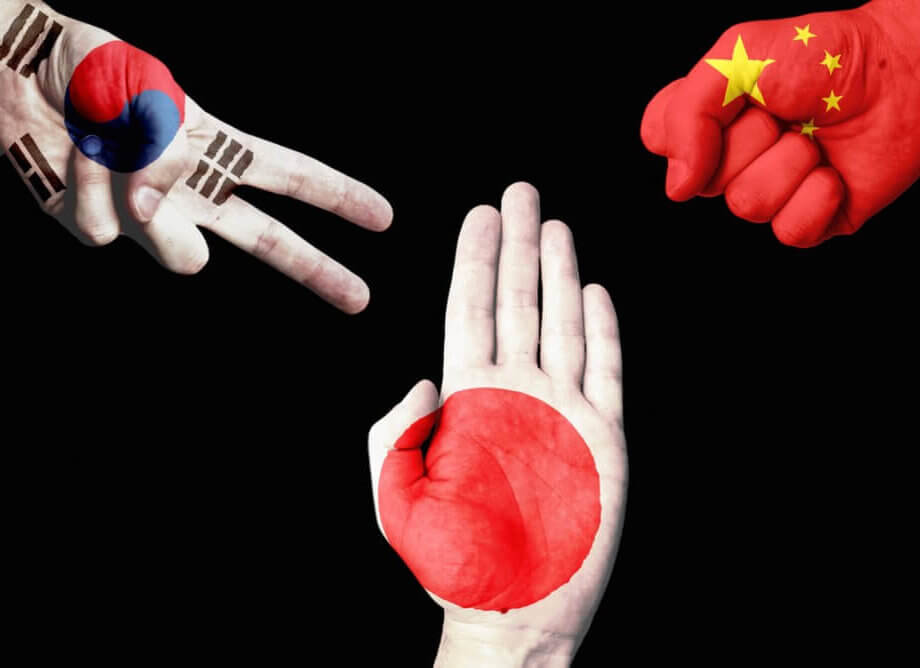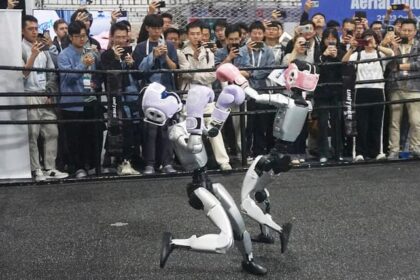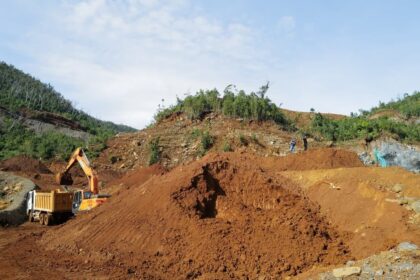Introduction: The Shifting Sands of East Asian Power
The history of East Asia is marked by a complex tapestry of invasions, wars, and shifting alliances among Japan, Korea, and China. These three nations, each with their own rich cultural and political traditions, have repeatedly found themselves at the center of military conflicts that have shaped not only their own destinies but also the broader trajectory of the region. From medieval campaigns to modern wars and contemporary strategic rivalries, understanding the chronology and impact of these conflicts is essential to grasping the current dynamics of East Asia.
- Introduction: The Shifting Sands of East Asian Power
- Early Conflicts and the Rise of Regional Powers
- The Imjin War: Japan’s Invasion of Korea (1592–1598)
- Imperial Ambitions and the Modern Era: The Rise of Japan
- Japan’s Invasion of China and the Second Sino-Japanese War (1931–1945)
- The Korean War and the Cold War Era
- Contemporary Strategic Rivalries and the Shadow of History
- In Summary
Early Conflicts and the Rise of Regional Powers
Long before the modern era, the Korean Peninsula and the Chinese mainland were home to powerful kingdoms and dynasties. The Three Kingdoms of Korea—Goguryeo, Baekje, and Silla—vied for dominance from the 1st century BCE to the 7th century CE, often clashing with each other and with Chinese dynasties such as the Sui and Tang. These early conflicts set the stage for centuries of interaction, both hostile and cooperative, between Korea and China.
Japan, meanwhile, remained relatively isolated until the late first millennium CE, when it began to assert itself as a regional power. The Mongol invasions of Japan in the late 13th century, launched from bases in Korea and China, were a pivotal moment. Although ultimately unsuccessful, these invasions demonstrated the interconnectedness of East Asian military affairs and the potential for cross-strait conflict.
The Imjin War: Japan’s Invasion of Korea (1592–1598)
One of the most significant early modern conflicts among the three nations was the Imjin War, also known as the Japanese invasions of Korea (1592–1598). Initiated by Toyotomi Hideyoshi, who had unified Japan, the campaign aimed to conquer Korea as a stepping stone to invading Ming China. The war unfolded in two major phases, with devastating consequences for all involved.
Hideyoshi’s Ambitions and the Outbreak of War
In 1592, Hideyoshi dispatched a massive invasion force—over 150,000 soldiers—to the Korean Peninsula. Japanese troops quickly captured key cities, including Busan, Seoul, and Pyongyang, and advanced northward with remarkable speed. The initial Japanese successes were due in part to superior weaponry, including the use of arquebuses (early firearms), and the element of surprise.
Korean Resistance and Ming Chinese Intervention
The Korean response was multifaceted. While the royal court retreated, local militias known as the Righteous Armies (uibyong) formed to resist the occupation. Admiral Yi Sun-sin, commanding the Korean navy, played a crucial role by disrupting Japanese supply lines with innovative “turtle ships,” which are considered among the world’s first ironclad warships.
Recognizing the threat to its own security, the Ming dynasty of China intervened, sending tens of thousands of troops to support Korea. The combined Korean and Chinese forces managed to halt the Japanese advance and eventually forced a withdrawal from the northern provinces. The first phase of the war ended in stalemate, followed by failed peace negotiations.
The Second Invasion and Aftermath
In 1597, Hideyoshi launched a second invasion, but this time the defenders were better prepared. The Japanese made some gains in southern Korea but were unable to break the stalemate. Hideyoshi’s death in 1598 led to the withdrawal of Japanese forces and the end of the war.
The Imjin War was catastrophic for Korea, resulting in massive civilian and military casualties, the destruction of cultural sites, and the abduction of tens of thousands of Koreans to Japan. China’s intervention drained Ming resources and contributed to the dynasty’s eventual decline. For Japan, the war ended imperial ambitions on the continent but left a legacy of cultural exchange and lingering animosity.
Imperial Ambitions and the Modern Era: The Rise of Japan
The 19th and early 20th centuries saw a dramatic shift in the balance of power in East Asia. As China’s Qing dynasty weakened under internal and external pressures, Japan rapidly modernized during the Meiji Restoration, transforming itself into a formidable military and industrial power. This transformation set the stage for a new era of conflict and imperial expansion.
The First Sino-Japanese War (1894–1895)
The First Sino-Japanese War was a watershed moment. Ostensibly fought over influence in Korea, the war saw Japan’s modernized military decisively defeat Qing China. The Treaty of Shimonoseki forced China to recognize Korean independence (effectively ending its suzerainty), cede Taiwan and the Liaodong Peninsula to Japan, and pay a large indemnity. The war marked the emergence of Japan as the dominant power in East Asia and the beginning of its imperial ambitions on the continent.
The Annexation of Korea (1910–1945)
Following its victory over China and later over Russia in the Russo-Japanese War (1904–1905), Japan tightened its grip on Korea. In 1910, Korea was formally annexed and became a Japanese colony. The occupation was marked by harsh repression, forced assimilation, and the exploitation of Korean resources and labor. Korean language and culture were suppressed, historical documents destroyed, and millions of Koreans were subjected to forced labor and conscription, including the infamous “comfort women” system.
Despite the oppression, Korean resistance persisted, most notably in the March First Movement of 1919, which was brutally suppressed but inspired future generations of independence activists.
Japan’s Invasion of China and the Second Sino-Japanese War (1931–1945)
Japan’s imperial ambitions did not stop with Korea. In 1931, the Mukden Incident provided a pretext for the Japanese occupation of Manchuria, where they established the puppet state of Manchukuo. The full-scale invasion of China began in 1937, marked by atrocities such as the Nanjing Massacre, in which hundreds of thousands of Chinese civilians were killed.
The Second Sino-Japanese War merged into the broader conflict of World War II, with Japan occupying large swathes of China and Southeast Asia. The war was characterized by brutal fighting, massive civilian casualties, and widespread destruction. China suffered an estimated 35 million casualties, both military and civilian, during the Japanese occupation.
The End of Japanese Imperialism
Japan’s defeat in World War II in 1945 brought an end to its empire. Korea was liberated but immediately divided into Soviet and American occupation zones, setting the stage for the Korean War. China, devastated by years of conflict, soon descended into civil war between the Nationalists and Communists.
The Korean War and the Cold War Era
The division of Korea after World War II quickly hardened into two rival states: the Soviet-backed Democratic People’s Republic of Korea (North Korea) and the US-backed Republic of Korea (South Korea). In 1950, North Korea invaded the South, triggering the Korean War. China intervened on behalf of the North, while the United States and United Nations forces supported the South.
The war ended in 1953 with an armistice, not a peace treaty, leaving the peninsula divided along the Demilitarized Zone (DMZ). The conflict claimed the lives of up to three million people and solidified the Cold War fault lines in East Asia.
Postwar Legacies and Modern Tensions
The legacies of these wars continue to shape the region. South Korea emerged as a prosperous democracy, while North Korea became an isolated, authoritarian state with close ties to China and, more recently, Russia. Japan, under US occupation, renounced war but remains a major economic and technological power. China, after its own civil war, emerged as a communist superpower and a key player in regional and global affairs.
Contemporary Strategic Rivalries and the Shadow of History
Today, the historical memory of invasions and wars among Japan, Korea, and China continues to influence diplomatic relations, security policies, and national identities. Disputes over territory, history textbooks, and wartime atrocities remain sources of tension.
China, North Korea, and Russia: New Alliances and Old Anxieties
In recent years, North Korea has deepened its military and strategic ties with both China and Russia. The 1961 mutual defense treaty between China and North Korea remains in effect, though China’s support is now more cautious and focused on maintaining stability. North Korea’s recent partnership with Russia, especially in the context of the Ukraine war, has raised concerns about a new axis of authoritarian cooperation in Northeast Asia.
China remains North Korea’s primary economic lifeline, providing food, energy, and trade. However, Beijing is wary of Pyongyang’s nuclear ambitions and unpredictable behavior, balancing its desire for stability with concerns about regional security and its own international reputation.
Japan and South Korea: From Adversaries to Partners?
Japan and South Korea, despite their shared democratic values and alliance with the United States, continue to struggle with the legacy of Japanese colonial rule. Disputes over historical memory, compensation for wartime labor and sexual slavery, and territorial claims over islands in the Sea of Japan (East Sea) periodically flare up, complicating efforts at trilateral security cooperation with the US.
Modern Security Dilemmas: Taiwan, the Korean Peninsula, and Beyond
The specter of conflict remains. South Korea, while a key US ally, faces difficult choices in the event of a crisis involving China and Taiwan. Military planners in Seoul prioritize deterrence against North Korea but are increasingly aware of the need to coordinate with the US and Japan in the face of broader regional threats. Japan, for its part, is expanding its security role, particularly in response to Chinese assertiveness in the East China Sea and the Taiwan Strait.
In Summary
- The history of invasions and wars among Japan, Korea, and China spans centuries, from ancient dynastic struggles to modern imperialism and Cold War conflicts.
- The Imjin War (1592–1598) was a pivotal early modern conflict involving all three nations, with lasting cultural and political consequences.
- Japan’s rise as a modern imperial power in the late 19th and early 20th centuries led to the colonization of Korea and the invasion of China, culminating in World War II.
- The end of Japanese imperialism resulted in the division of Korea and the outbreak of the Korean War, with China and the US as major participants.
- Contemporary relations among Japan, Korea, and China are still shaped by the memory of past invasions, with ongoing disputes over history, territory, and security.
- New strategic alignments, such as the North Korea–Russia partnership and China’s cautious support for Pyongyang, reflect both the legacy of past conflicts and the evolving dynamics of regional power.
- Efforts at reconciliation and cooperation are complicated by unresolved historical grievances, but the shared experience of conflict also underscores the importance of dialogue and peace in East Asia.












